Most people thrive off structure, and Series 7 Exam structure when it comes to studying helps. In today’s post we give our quick tips on how to structure your studying.
Series 7 Exam Structure: Practice, Practice, Game Day
Similar to how you might practice a musical instrument or a sport, you should do the same with studying. By that, we mean you should not be doing a practice exam every day. Many assume that’s the way to go. The analogy here would be like if you played a game of soccer every day instead of practicing occasionally.
When put like that, it seems like common sense that you should hone in on specific areas. How you might schedule this would be something like three days of practice and one day for a full exam (and review). In our experience at Professional Exam Tutoring, we find students get much more out of their studying and improve significantly over time with this method. The question is, how do you put it into practice?
Find Your Weak Areas and Target Them
Carrying the sport analogy forward, if you are weak at kicking the soccer ball with your left foot, then you should practice kicking the ball with your left foot about 30 times in a row.
Similarly, for the Series 7 Exam, if you are weak in the Margin section then do something similar. Namely, try working on 15 practice questions in a row. What you’ll find is that the first 10 will be difficult and confusing. From there, you’ll start to catch your stride. Move on to another section where you’re weak, such as convertible bonds, or Series 7 new issues and do the same there. Continue with this for a few days, one areas where your score is low and the likelihood of it showing up on the exam is high (reference FINRA’s website for the latter detail).
After a few days, try a full practice exam. Identify your weak areas on the practice exam and repeat the process.
Overall, the Series 7 is a doable exam if you approach it the right way. That said, there is more than one way to pass this exam, but the above is what we have found most effective for a wide range of students. Feel free to reach out if you have questions. Good luck!

